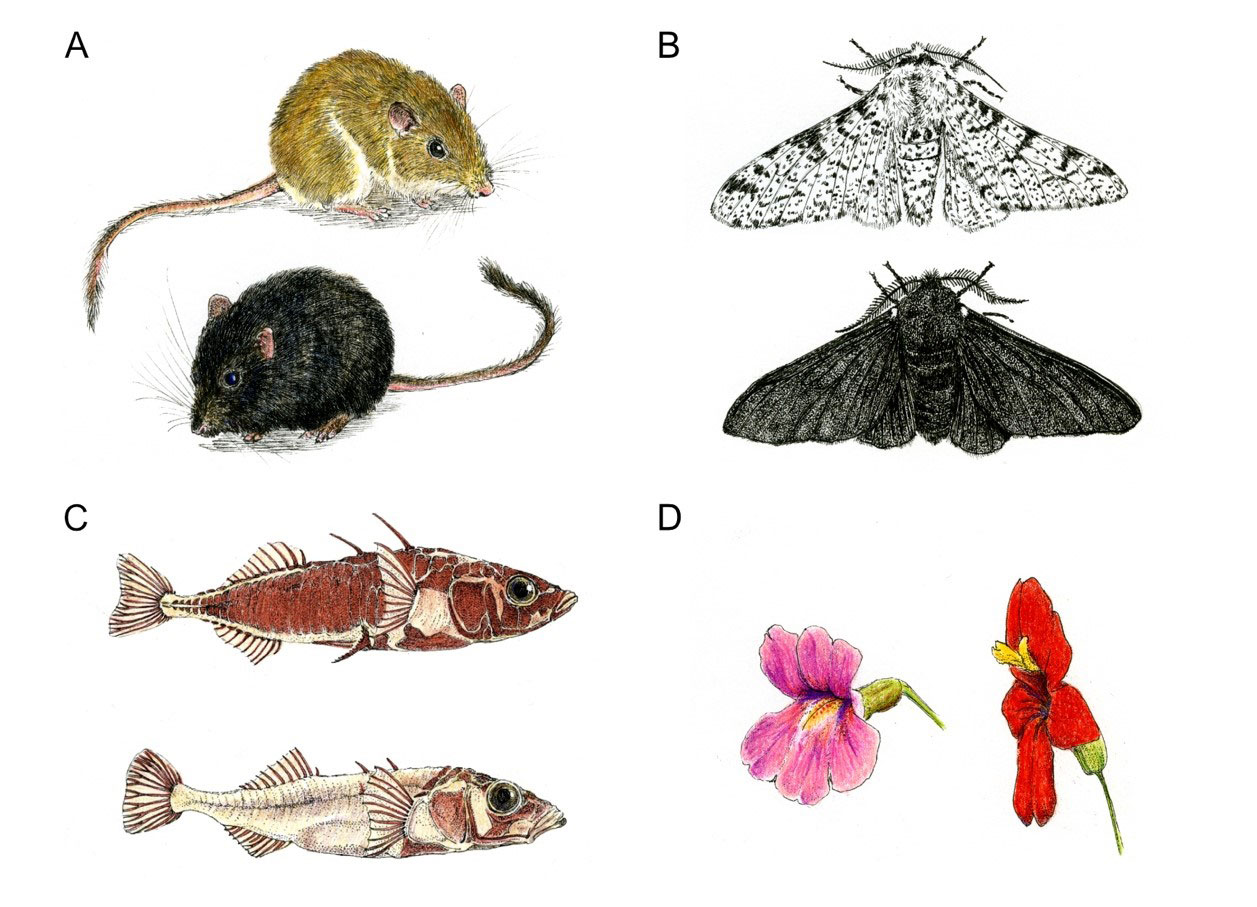The genetic (and biophysical) basis of adaptation, and what we can learn from it
Mendel was born 200 years ago this July! To celebrate, PNAS published a special issue on the influence of his findings on evolution. Kirsten Bomblies (D-BIOL, IMPB) and Katie Peichel (Uni Bern), contributed a perspective on the Genetics of Adaptation, integrating empirical and theoretical studies.

The rediscovery of Mendel was pivotal not only for molecular genetics, but also for evolutionary biology. This is celebrated in a new Special Issue in PNAS celebrating Mendel’s 200th birthday, with a focus on the influence of Genetics on Evolutionary Biology.
Understanding inheritance, followed by clarifying what actually constitutes a “gene” as well as theoretical advances in population genetics, now fused also with modern insights into protein function and biophysics, has opened our eyes to the functional basis of adaptation. On the flipside, studying adaptation provides a novel perspective for understanding genes, gene function, and even cellular biology as we can begin to understand how systems can be modified to deal with challenges without breaking essential machines in the cells. It is an exciting time for studying the molecular basis of adaptation and integrating this with modern understanding in fields as far-flung as protein biology and population genetics has led to substantial advances and exciting new insights.
In a Perspective in this special issue, Kirsten Bomblies (D-BIOL, IMPB) and Katie Peichel (Uni Bern) discuss the Genetics of Adaptation by highlighting empirical and theoretical advances, as well as their modern integration with biophysics, including examples from plants, animals and fungi.
Link to the paper in "external pagePNAS".
Link to the special issue in "external pagePNAS".
